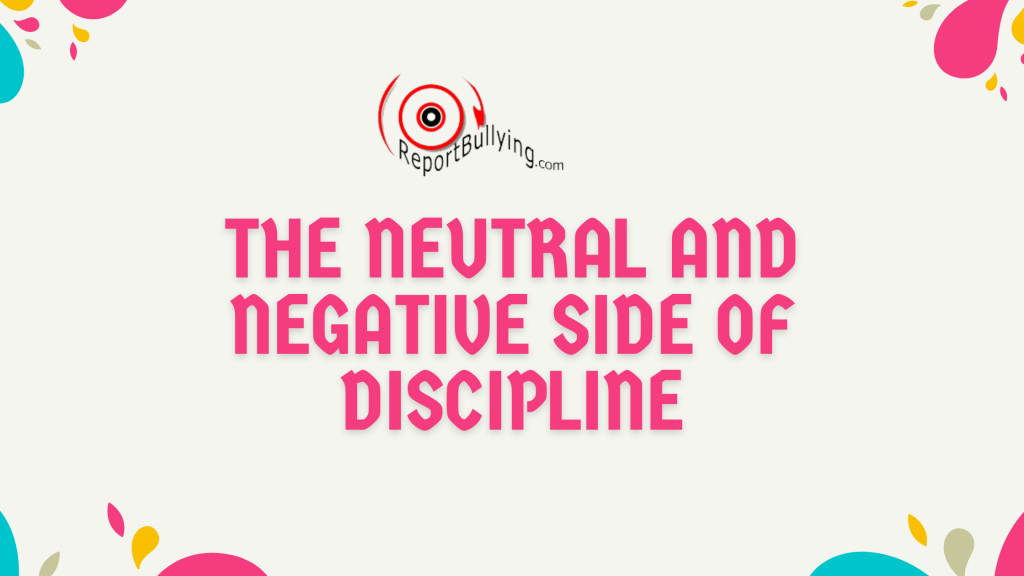Neutral side
To ensure that your students have understood their instructions about the schools policies and procedures, pick a few students at random and ask them one by one to demonstrate his/her understanding of the instructions. You will be able to understand whether the guidelines have been properly communicated to them.
Negative side
What is your reaction to deliberate disobeying of the school rules? Do you give repeated warnings to the offenders or just let them get away with bad behavior?
What you could do is apply the school policy in this regard consistently. For example, your school policy, in case of students bullying, may state that students caught bullying be given verbal warning at first instance, a written note be sent to parents on the second, a few days suspension handed out at the third instance; eventually leading to dismissal from the school. Whatever the policy, as a teacher, it’s your responsibility to ensure that the same is applied consistently and without fail in case of all the students who bully. If the students feel they have been singled out because of inconsistent application of the policy, they will get completely demoralized and could rebel against the effort to enforce discipline.
The people in authority at the school must ensure that all students understand where the boundary line lies and what awaits them if they decide to cross that line. Consistent application of the disciplinary policy in the case of offenders will ensure that all students understand that the authorities are serious on the issue. Any breach in enforcement of the policy should be properly documented and analyzed as it is a significant lapse which is as important as negative behavior of the students and bullying.
Be Objective
The criteria that should be used for any student’s behavior has to be an objective one which is based on the school’s written policies and procedures. Always remember that, as a teacher, you should be fair and objective. Never ever use a subjective criterion as that implies you are using a personal value system and not following the policies laid out by the school. Enforcing discipline subjectively by broadly outlining the mistakes instead of referring to objective standards that the children can see creates problems in their young minds and demoralizes them. Always ensure you are using standards which the child can easily comprehend and clearly makes him/her understand what they did wrong and what they need to do to prevent it from happening again.
Any and all sets of rules pertaining to bullying and inappropriate behavior must follow the school’s policies and procedures and must be framed in simple language that allows both parents and students to have a proper understanding of what behavior is acceptable and what is not. Not only will this help all the teachers be objective in their assessment and consistent in their action, it will also help you in the long run as any instance requiring action will easily be understood by students as well as the parents without there being any need for you to explain why the particular disciplinary action was initiated against the perpetrator.
Be Observant
As an educator, you must remember that victims usually don’t speak up. So you must keep a lookout for these signs which you can see as an educator and which will point out to you that maybe one of your students may be a potential target of bullying, or a bully themselves.
Some signs to observe:
- Frequent absenteeism
- Get’s picked up from parents instead of going on the bus
- Clothes are torn
- Wants to stay inside the school
- Grades drop dramatically
With this being said, the best way to recognize if your student has become a victim of bullying is getting to know your students better.
Brain – how does it affect students decisions by Jim Jordan

